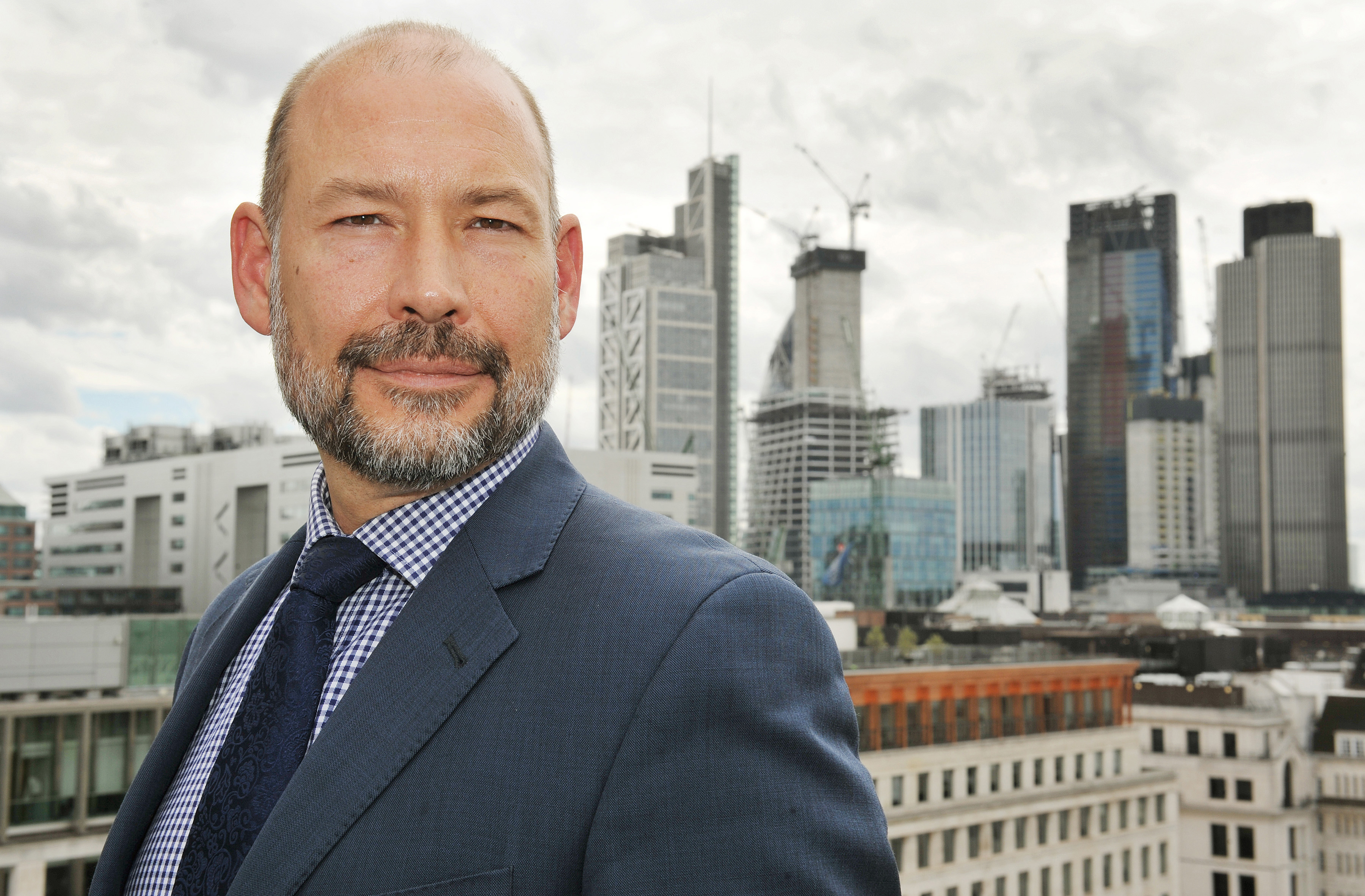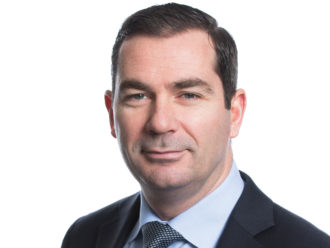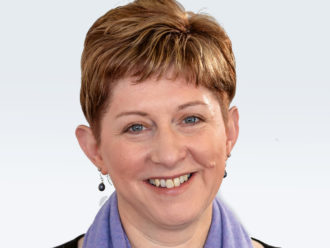How has your offering changed?
We have something like 95% of our members invested in the default strategy. When we build a default strategy we typically use a series of multi-asset building blocks, building them a little like custom target date funds.
What has changed over the past few years is how the tail of that default strategy looks. Pre-2015, when the only answer was buy an annuity, it tended to look very different. What changed was the point when flexibility and freedom and choice came in. We started talking to all of the employers that used the master trust to get a feel of what they expected. We looked at the membership, the types of values we have and the age profile.
What we have seen is an increase in the number of those investing through retirement. So there will be more stability-focused funds which are defensively managed. They use a number of different bond strategies, maybe some managed volatility equity in their as well. They are designed to generate an income in retirement.
What we also do as part of the annual review process is look to see how the default strategy has performed. We are reviewing the performance of all individual components and individual funds on a much more regular basis, quarterly by the trustees, for instance, but they are reviewed internally more often than that.
How do you expect your offering to change in future?
One of the things that we will probably look to introduce will be some smart beta products. Within some of our existing funds we already use that type of approach, so they are very much factor driven types of investment. It is using the same process that we are using as a manager of managers. To choose those managers that are right for that market cycle, client, geography, whatever it might be. It is using those factors or knowledge and then deploying them through passive means. That is probably something that we will see more of. It is something that we will look to introduce at the end of this year or next year.
Is the future bright for DC?
We know that there will not be as many master trusts. We know there will be consolidation across the piece and rightly so. We launched our master trust in the same year Apple launched the iphone. If you think about what has happened over that time, from the perspective of I now pay for things on PayPal and my phone knows my credit card details and I don’t think twice about it, I would never have dreamed of that, let alone all of the other ways that technology has moved on. What happens next for regulation? We don’t know. There is always a new surprise around the corner.
What differentiates us from other providers is that we customise each individual arrangement at the scheme level. I don’t think many do that, and if they do, they don’t do it to the extent that we do it. Where we would like to get to is customising at a member level. If you are a member of a scheme, that is fine if you work for Company XYZ. We know what your contribution structure is, but managing it on an individual level would be far more rewarding.
Administration systems are not necessarily up to that yet and we need to keep pushing forward to have a situation where this strong governance links in the investment piece, the communication and engagement piece and indeed the administration system so that you engage in a much more meaningful way with the membership. We focus on making sure we invest in the right way for the 95%, but that is one lever. The other lever is making sure that they are paying in enough and knowing what it is going to get them at the other end. That is the bit that over the next few years we will all get a lot better at.




